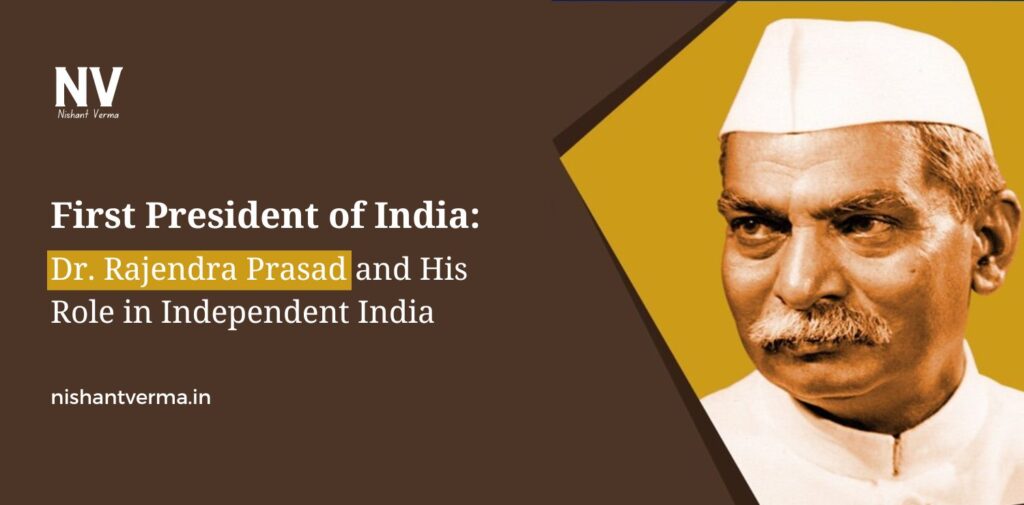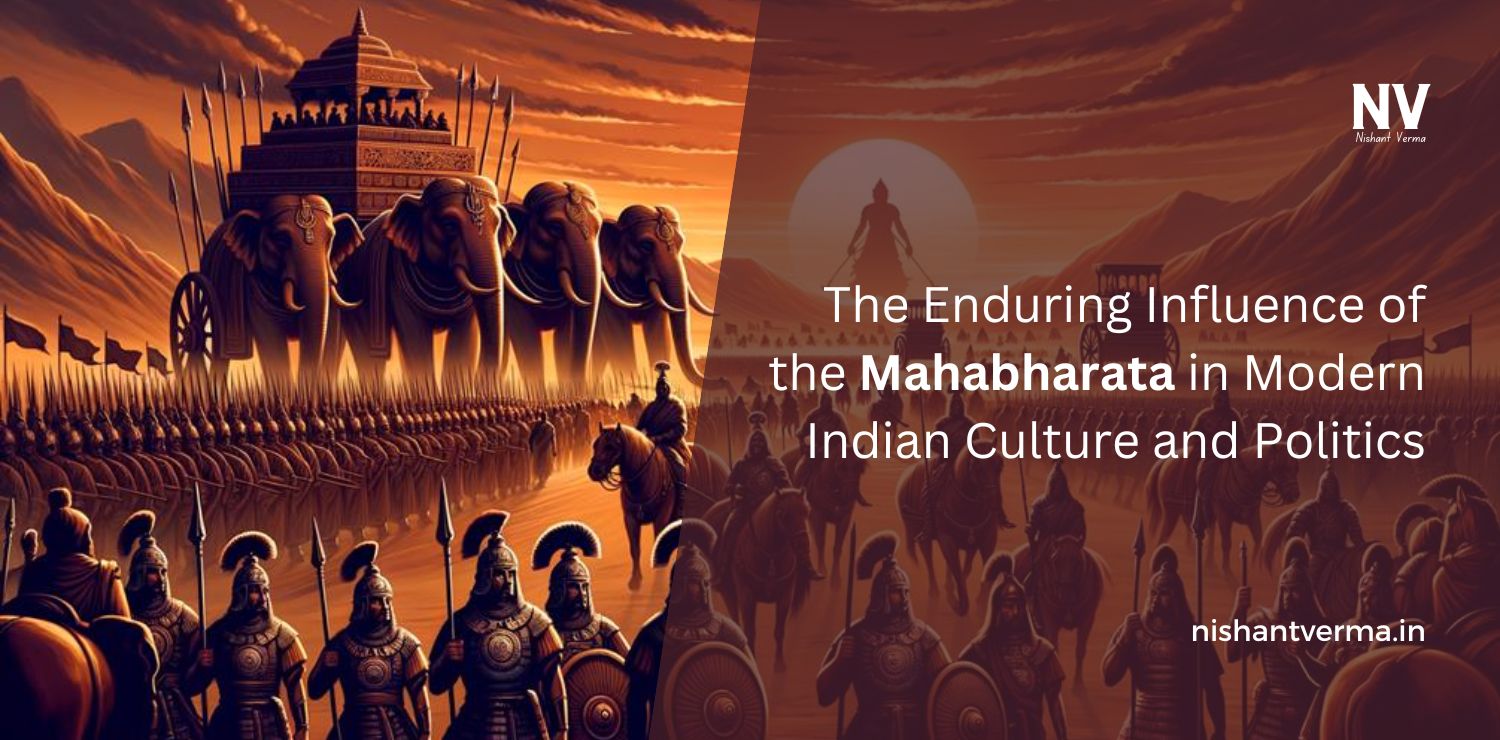India’s journey to becoming an independent nation was long and filled with struggles, sacrifices, and the determination of its leaders. After decades of British rule, India finally achieved independence on August 15, 1947. But independence was not the end of the road; it marked the beginning of the country’s new journey as a sovereign republic. One of the most important figures in this new chapter of India’s history was Dr. Rajendra Prasad, the first President of India.
Dr. Rajendra Prasad not only played a key role in the independence movement but also in shaping the new democratic system of India. His leadership, humility, and vision helped lay the foundation for the country’s progress after independence. In this article, we will explore who Dr. Rajendra Prasad was, his journey to becoming the first President of India, and the significant role he played in the early years of independent India.
Who Was Dr. Rajendra Prasad?
Dr. Rajendra Prasad was born on December 3, 1884, in a small village called Zeradai in Bihar, India. He was the eldest of several children in a well-educated and respected family. His father, Mahesh Chandra Prasad, was a scholar of Sanskrit, and his mother, Kamleshwari Devi, was a deeply religious woman. Rajendra Prasad was encouraged from a young age to pursue education, and he showed exceptional academic abilities early on.
He went on to complete his early schooling in local schools and then moved to Patna, where he studied at the famous Patna College. Later, he pursued higher education at the University of Calcutta, where he earned a degree in science and, eventually, a doctorate in law. Dr. Prasad’s educational journey was marked by his excellence, and he went on to become one of the most learned leaders of India.
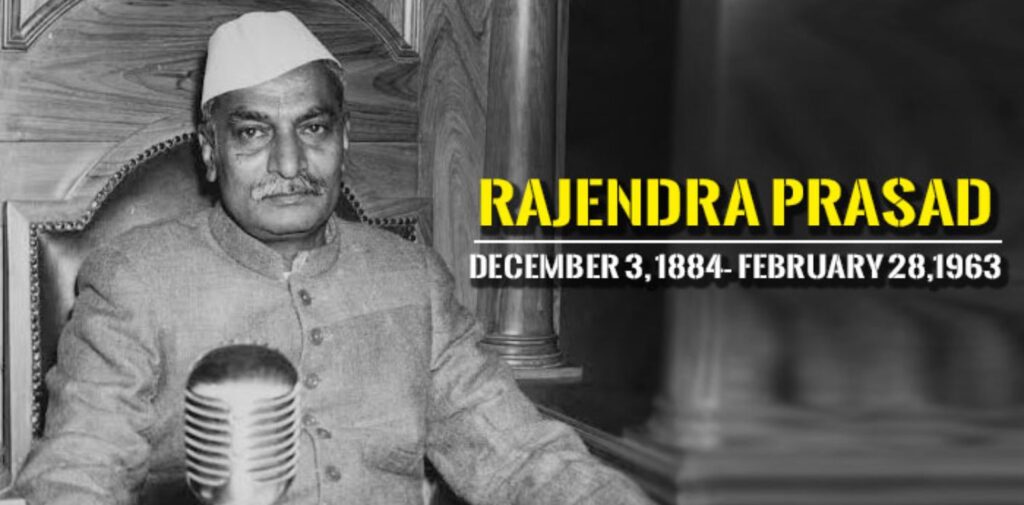
Rajendra Prasad and the Freedom Struggle
While studying at the University of Calcutta, Dr. Prasad’s mind began to turn toward the political struggles in India. He became increasingly influenced by the ideas of freedom, nationalism, and independence. During the early 1900s, India was under British colonial rule, and many Indians, led by figures like Mahatma Gandhi, were fighting for independence. Dr. Prasad was deeply inspired by Gandhi’s leadership and ideas.
He joined the Indian National Congress and soon became an active participant in the struggle for independence. Dr. Rajendra Prasad was known for his dedication and discipline. Unlike many other leaders of the time who came from wealthy families, he lived a simple life. He believed in the ideals of non-violence, truth, and social reform as taught by Mahatma Gandhi.
Dr. Prasad participated in several major movements during the freedom struggle, including the Non-Cooperation Movement (1920-1922), the Salt March (1930), and the Quit India Movement (1942). He was imprisoned several times for his involvement in these movements, but he remained firm in his commitment to India’s freedom.
Throughout the freedom movement, Dr. Prasad earned the respect and admiration of many of his colleagues and became a trusted ally of Mahatma Gandhi. In 1934, Gandhi even appointed Dr. Rajendra Prasad as the Congress President. His political ideology was deeply influenced by Gandhian principles, and he advocated for social reforms, including education, poverty alleviation, and improving the conditions of Dalits (then known as the “untouchables”).
Rajendra Prasad: The First President of India
India finally gained independence from British rule on August 15, 1947, but the country faced numerous challenges in establishing a stable government. The country had to decide on a system of governance and create a new constitution to guide its functioning. Dr. Rajendra Prasad, with his vast experience in Indian politics, was chosen to play a central role in this process.
When India became a republic on January 26, 1950, the newly formed country needed its first President. Dr. Rajendra Prasad was unanimously elected as the first President of India by the Constituent Assembly of India, which had been tasked with drafting the Indian Constitution. He took the oath of office on January 26, 1950, and became the symbol of India’s unity and democratic ideals.
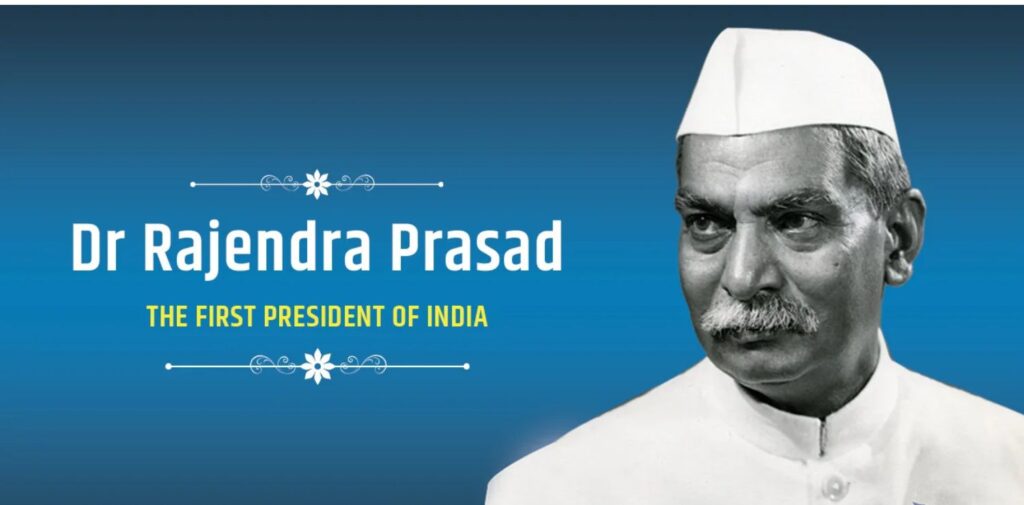
Rajendra Prasad’s Role as President
Dr. Rajendra Prasad served as President of India for two consecutive terms, from 1950 to 1962. He remains the longest-serving President in the history of independent India. His presidency was marked by several key contributions that helped shape the newly independent nation.
- Symbol of Unity and Integrity Dr. Rajendra Prasad’s presidency was characterized by his deep commitment to the values of democracy, integrity, and unity. As President, he took on the role of a moral guide, ensuring that the country’s leaders adhered to the principles of the Indian Constitution. He was always impartial and worked to keep the democratic institutions of India strong. In a newly independent country, it was important for the people to have a symbol of unity, and Dr. Prasad fulfilled this role admirably. His simple lifestyle, humility, and dedication to the country earned him the love and respect of the people. He became the face of India’s transition from a colony to a republic.
- Encouraging Education and Social Reforms: Dr. Rajendra Prasad was deeply concerned with social issues, particularly the importance of education and the upliftment of marginalized communities. During his presidency, he strongly advocated for policies that focused on improving the lives of rural people, including programs aimed at improving healthcare, sanitation, and education. He was especially passionate about spreading education in rural areas and believed that education was the key to India’s development. He also supported the Bhoodan Movement initiated by social reformer Vinoba Bhave, which aimed at encouraging land reforms and ensuring that the poor had access to land.
- Strengthening India’s Foreign Relations: Dr. Rajendra Prasad also played a key role in shaping India’s foreign policy in the early years of independence. Under his leadership, India maintained its policy of non-alignment, which aimed to stay neutral in the Cold War conflict between the United States and the Soviet Union. He worked toward strengthening India’s relationships with neighboring countries and building India’s position on the global stage. One of the major achievements of his presidency was his support for the establishment of the Indian National Congress’s principles in international relations. His commitment to peace and diplomacy led India to play an important role in global issues like the Korean War, the Suez Crisis, and the founding of the United Nations.
- Upholding the Constitution: Dr. Rajendra Prasad was a firm believer in the Indian Constitution and ensured that it was respected at all levels of government. He upheld the democratic values of the Constitution and always emphasized the importance of the rule of law. He was also instrumental in dealing with some of the early political challenges faced by the newly formed government. His wisdom and guidance helped navigate delicate political situations without compromising on India’s democratic principles.
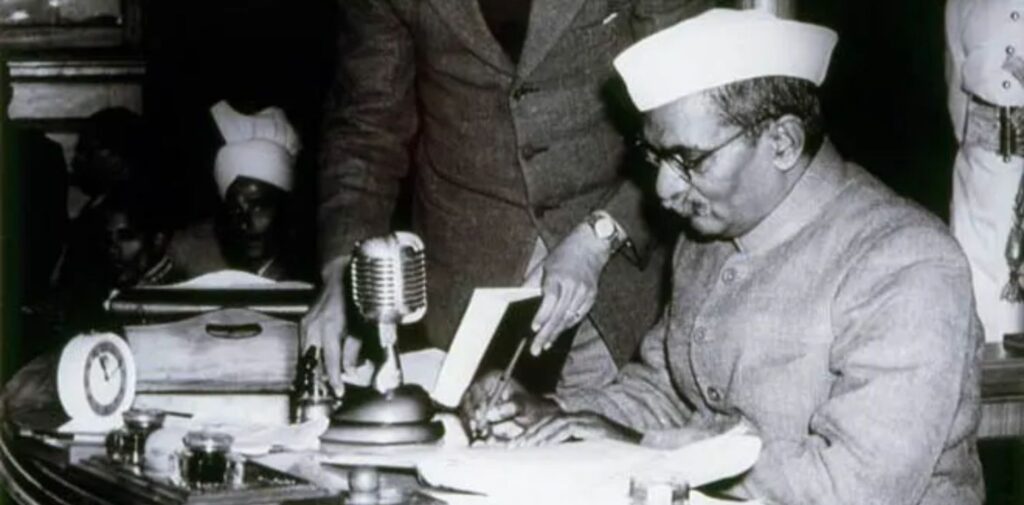
Legacy of Dr. Rajendra Prasad
Dr. Rajendra Prasad’s legacy continues to live on in the hearts of the people of India. He was not only a great leader but also a humble and principled man who dedicated his life to the service of his country. His unwavering commitment to truth, non-violence, and social justice helped shape India’s post-independence era.
Even after he retired from politics in 1962, Dr. Prasad’s contributions remained crucial in the development of the country. He spent the last years of his life in his hometown of Patna, focusing on simple living and writing about his experiences and thoughts.
He passed away on February 28, 1963, but his contributions to India’s independence and its democratic journey are remembered and respected to this day.
Conclusion
Dr. Rajendra Prasad was not just India’s first President but also one of the most respected leaders of independent India. His life was a reflection of the ideals that the country stood for — simplicity, integrity, dedication, and a deep love for the people. He guided India through its early years as a republic, and his leadership played a crucial role in shaping the democratic framework that continues to guide the country today.
Dr. Prasad’s role in independent India was far-reaching. From his active participation in the freedom struggle to his leadership as the President of India, he was an essential figure in the country’s history. His legacy continues to inspire generations of Indians, reminding them of the importance of strong leadership, moral values, and dedication to the nation.
In a time when India was seeking its identity, Dr. Rajendra Prasad’s calm and steady leadership helped the country move forward, laying the foundation for a prosperous and democratic India.

